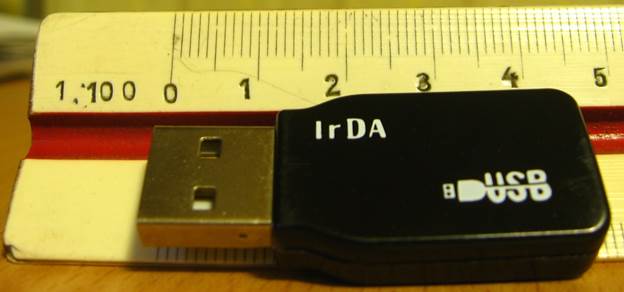Wi-Fi, Bluetooth, 2.4GHz, Miracast and more: Darien
Graham-Smith explains each of today's numerous wireless standards
The word “wireless” has meant many things through the years,
from radios to infrared to Bluetooth to the alphabet soup of 802.11a, b, c and
beyond. Now many people use it as a shorthand for Wi-Fi, but that’s far too
simplistic. Wireless protocols are complicated, cryptic and misleading, so it
makes sense to arm yourself with some knowledge. Here, we explain all the
different “wireless” imposters; if your connection isn’t as reliable as you’d
like, read on to discover why.

The word
“wireless” has meant many things through the years
Simple broadcast technologies
The simplest sort of wireless communication
is where a device transmits an open signal into the ether, which can be
received and understood by any listening device. It’s the way traditional
broadcast radio works, and the same radio frequency (RF) technology can be used
in hobbyist computing projects where there isn’t a need for secure
communications.
For example, in last month’s PC Pro we
detailed how to collect data from a Raspberry Pi-based weather station over
Wi-Fi. We could alternatively have fitted our Raspberry Pi with a cheap RF
transmitter (such as Ciseco’s $17 “Slice of Radio”), and set up a listening PC
with an RF receiver to listen to its broadcasts. RF is attractively simple for
this type of job: there’s no need to mess around with routers and Wi-Fi
passwords, and a tiny radio with a small antenna can broadcast through clear
air for up to a kilometre.
The big downside of RF is its
susceptibility to interference. If two devices positioned close to one another
are broadcasting simultaneously at the same frequency, a listening device
probably won’t be able to understand either.
In addition, conventional RF modules offer
a comparatively slow transmission speed, of only 250Kbits/sec. Another simple
broadcast technology is IrDA, named after the Infrared Data

The
Infrared Data USB
Association, which developed the standard.
IrDA encodes data in patterns of infrared light, in much the same way as a
television remote control, so although the transmitted data can be received by
any device in range, the receiver still has to be within around 5m of the
transmitter. For data transfer, infrared has largely been supplanted by
Bluetooth, which doesn’t require line of sight and has much greater bandwidth
(offering transmission speeds of 25Mbits/sec versus IrDA’s maximum of
4Mbits/sec).
Wireless interconnects
If you buy a wireless keyboard or mouse, it
may use Bluetooth, or communicate using radio transmissions in the unregulated
2.4-2.5GHz frequency range. Technically, this is the same type of RF
communication as described above, but operating at a much higher frequency.
This means that the signal has a shorter range (around 10m is common),
especially since the peripherals themselves typically have tiny internal
aerials.
That shorter range makes it hard for a
would-be spy to get near enough to eavesdrop on your keystrokes. On top of
this, modern 2.4GHz-input devices typically use a pairing system, whereby a
unique encryption key is shared when you press a physical button on both the
keyboard, say, and the receiver.
Even if other devices nearby can “hear”
your keystrokes, they won’t be able to decode them, and the bidirectional link
also means errors can be detected and re-sent. Support for “channel-hopping” -
automatically switching between different transmissions frequencies -ensures
that the keyboard and receiver can communicate even when interference is
present.

There
is an official Wireless USB (WUSB) standard
Attempts to create more general-purpose
wireless interconnects have had a chequered history. There is an official
Wireless USB (WUSB) standard, but it was last updated in 2010, and is held back
by its speed: theoretically, it should be able to match USB 2’s maximum
480Mbits/sec bandwidth, but in practice you’re unlikely to get anywhere close
to that.